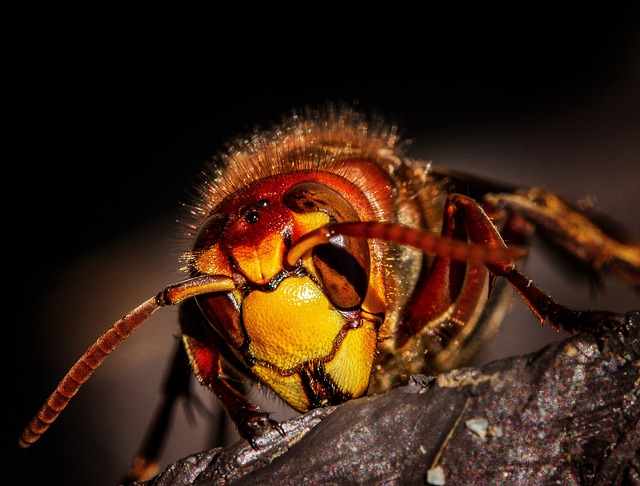Raccoons frequently den in Lakewood attics, attracted by food and shelter. Identify signs like odors, droppings, scurrying sounds, or roof damage. Prevent infestations through regular checks, eco-friendly deterrents (e.g., peppermint oil, cayenne pepper), secured screens, motion-activated lights, and humane sealing methods to keep raccoons out while ensuring animal welfare.
Discover the secrets to eco-friendly wildlife control and specifically target raccoons infesting your Lakewood home. Understanding raccoon behavior is key; recognize the subtle signs of their presence in your attic, like loose debris or strange noises. This guide explores effective, humane deterrents you can implement to safely drive away these pesky visitors. Learn how to identify a raccoon infestation in your Lakewood attic and take proactive steps for successful, eco-conscious raccoon management.
- Understanding Raccoon Behavior and Signs of Infestation in Attics
- Eco-Friendly Deterrents for Effective Wildlife Control
- Implementation Tips for Humane Raccoon Management in Lakewood Homes
Understanding Raccoon Behavior and Signs of Infestation in Attics

Raccoons are intelligent and adaptable creatures, often drawn to urban environments due to the availability of food and shelter. In the case of a Lakewood home, attics provide a cozy den for raccoon families. Understanding their behavior is key when dealing with an infestation. These nocturnal animals are known to enter buildings through small openings, especially during spring and fall when they’re establishing new territories or looking for mates. Once inside, they leave behind distinctive signs.
Common indicators of a raccoon infestation in your Lakewood attic include strange odors, visible droppings (which can cause structural damage), and sounds such as scurrying or scratching coming from the ceiling. You might also spot holes or rips in your roof or ventilation systems, serving as entry points for these cunning animals. Regularly checking for these signs is crucial to prevent a full-blown infestation that could require professional wildlife control services.
Eco-Friendly Deterrents for Effective Wildlife Control

In the quest for effective wildlife control, especially dealing with persistent visitors like raccoons in your Lakewood attic, eco-friendly deterrents offer a sustainable and non-lethal approach. These methods focus on repelling wildlife through natural means, ensuring both the safety of your home and the well-being of the animals. One such solution is using specific scents that raccoons find unpleasant; for instance, peppermint oil or cayenne pepper mixed with water can be sprayed around entry points to deter these critters without causing them harm.
Another effective strategy involves installing physical barriers while considering the animal’s behavior and habitat. This might include securing screens on vents and adding mesh covers over openings in your attic. These deterrents should be designed with an understanding of raccoon behavior, as they are known to be clever problem solvers. By combining these natural repellants with strategic barrier methods, homeowners can address signs of a raccoon infestation, such as droppings or strange noises, without resorting to harmful chemicals or trapping.
Implementation Tips for Humane Raccoon Management in Lakewood Homes

Raccoons, known for their dexterity and adaptability, often find their way into Lakewood homes, particularly attics, leaving homeowners with a unique challenge. If you suspect a raccoon infestation in your attic, it’s crucial to act swiftly but humanely. The first step is identifying signs of their presence—scratched or chewed openings, droppings, and peculiar odours are telltale indicators. Once confirmed, humane raccoon management involves strategic implementation of eco-friendly deterrents.
For effective yet safe exclusion, seal all potential entry points with sturdy materials like metal or concrete, ensuring no gaps remain. Using scent repellents, such as cayenne pepper or peppermint oil, can deter raccoons without causing them harm. Visual deterrents, like motion-activated lights or reflective objects, can also be employed to startle and guide the animals away from your home. Remember, humane management prioritizes the well-being of both the wildlife and the residents, offering a peaceful resolution to this common urban dilemma.
When dealing with potential raccoon infestations in your Lakewood home, recognizing the subtle signs early on is key. Understanding their behavior and implementing eco-friendly deterrents can help maintain a humane and safe environment for both you and these wild visitors. By following the tips outlined in this article, you’ll be equipped to navigate the challenges of raccoon management while preserving the balance between your home and nature. Remember, a little prevention goes a long way in keeping your attic free from unwanted guests.
